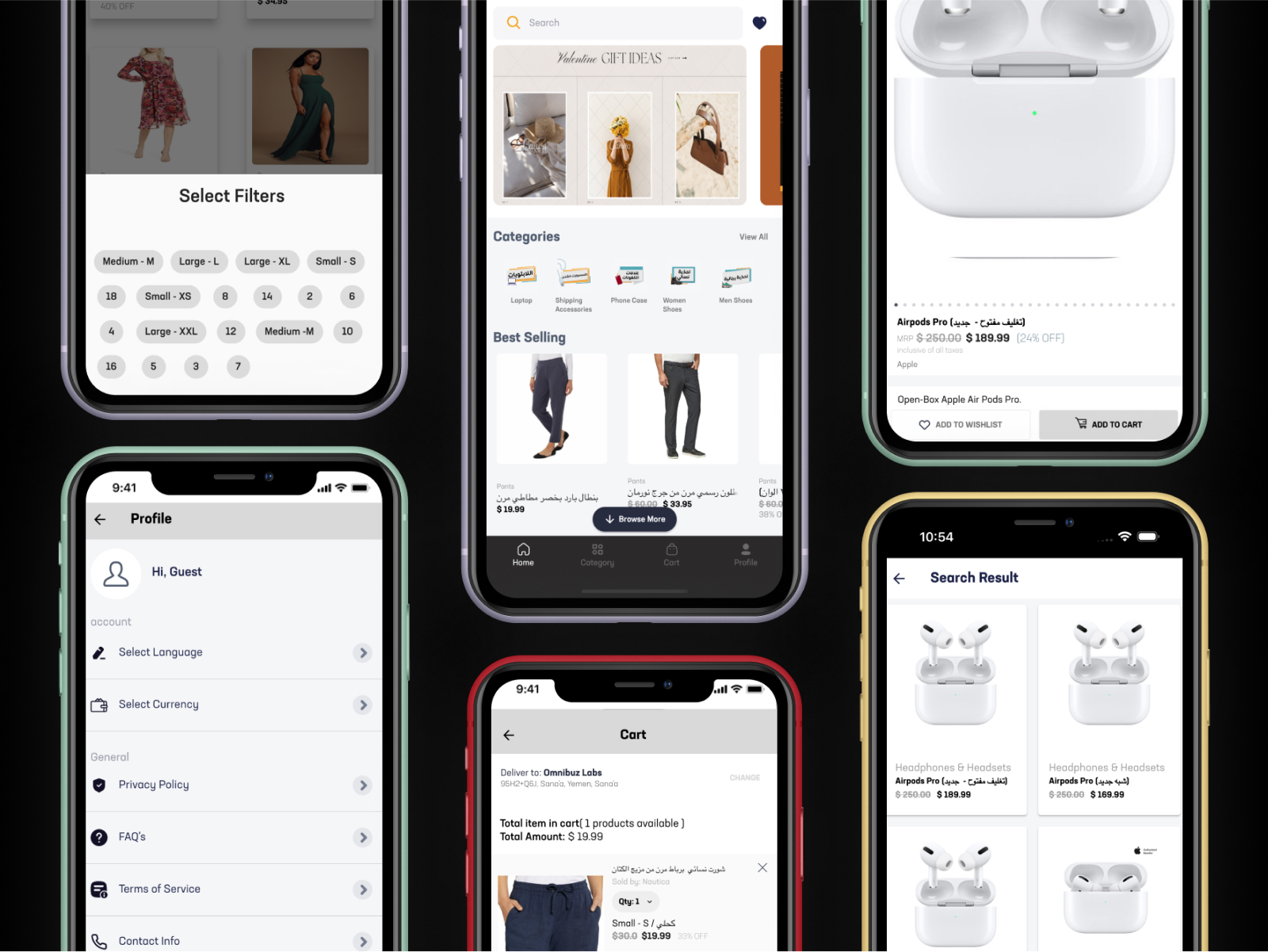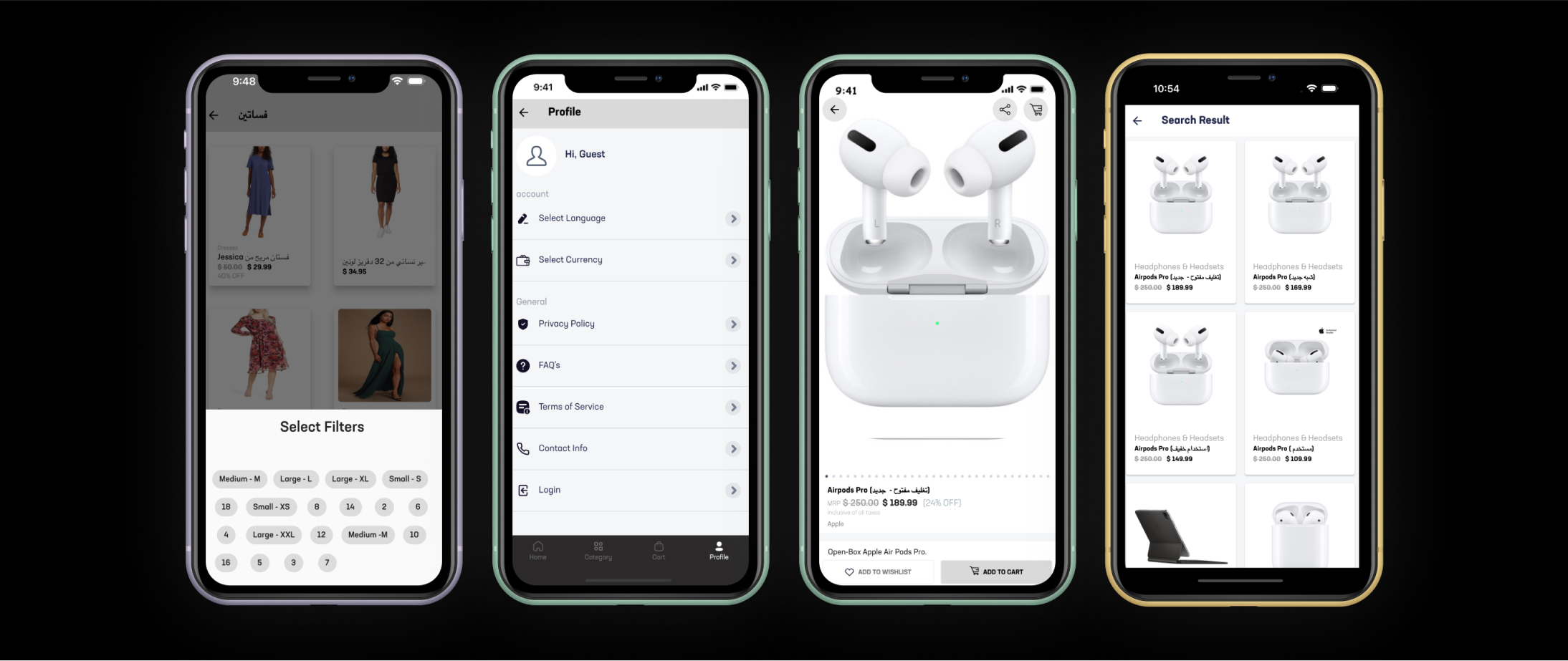There are several problems associated with mobile websites for an Ecommerce Clothing store, like,
- Limited Screen Size: Mobile devices typically have smaller screens than desktop computers, which can make it difficult to display complex designs and large amounts of information. This can be a challenge for clothing stores that need to display detailed product information and images.
Navigation Issues: Mobile devices typically have smaller screens, which can make navigation more difficult. This can lead to a poor user experience and make it harder for customers to find what they are looking for.
- Unoptimized images: Unoptimized images can slow down the loading speed of mobile websites and make the user experience more frustrating.
- Security Concerns: Mobile devices can be vulnerable to security threats, such as hacking and malware. This can be a major concern for clothing stores that collect sensitive customer information, such as credit card numbers, during the checkout process.
- Limited Functionality: Some of the more complex functions available on a traditional desktop website may not be possible on a mobile website due to limitations in technology or compatibility issues. This can result in a limited experience for customers who prefer to shop on their mobile devices.
Moreover, developing and maintaining a mobile website can be more expensive than developing a traditional desktop website. This is because the development process is more complex and requires specialized skills.
Mobile apps are designed to run natively on a device and can access the device's camera, microphone, and other hardware and software features, capabilities directly, (which is not possible with mobile websites), which can lead to faster performance and a more seamless user experience.
Mobile apps can offer a more engaging and interactive user experience compared to mobile websites. They can use push notifications, gestures, and other native device features to create a more personalized experience for users.



